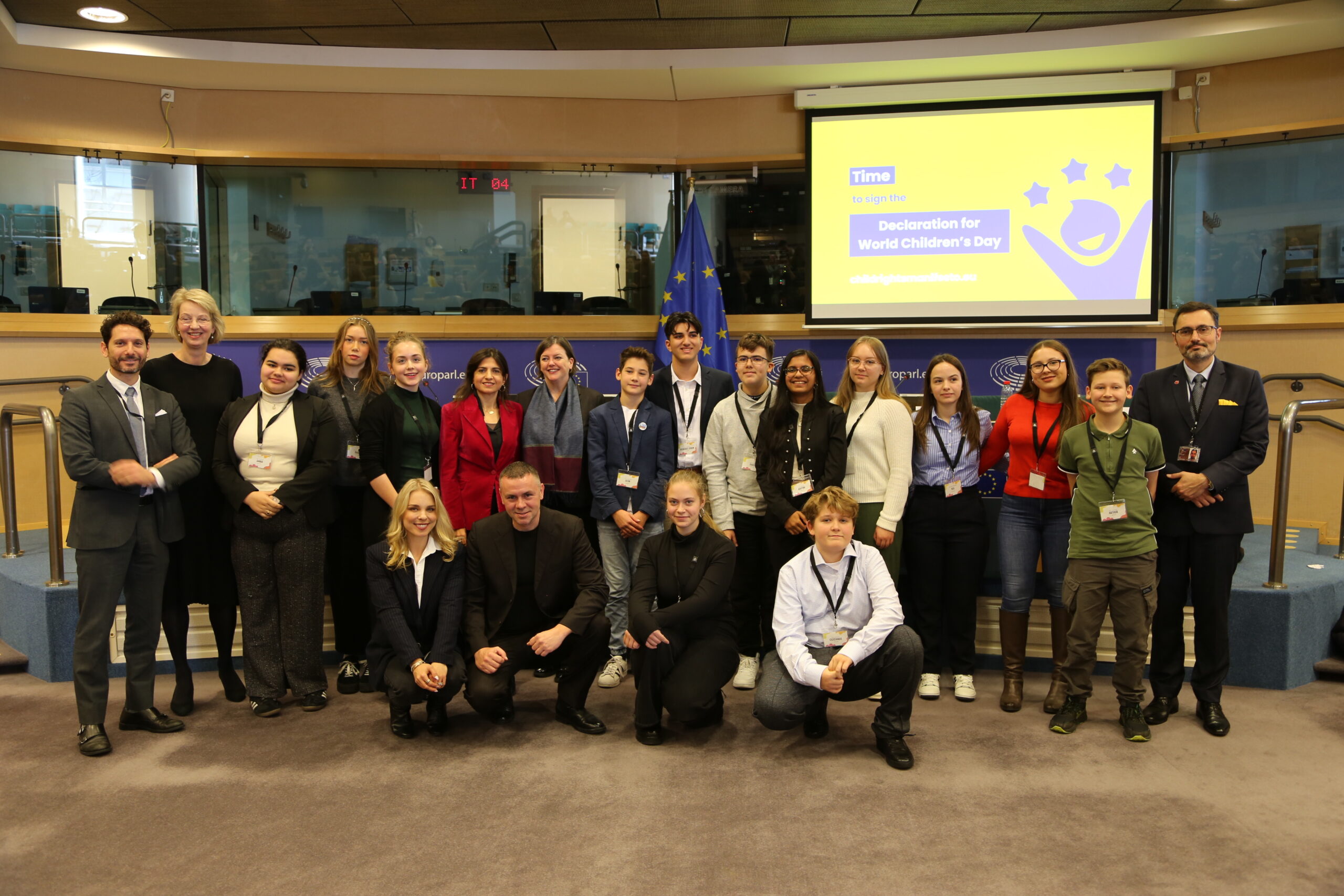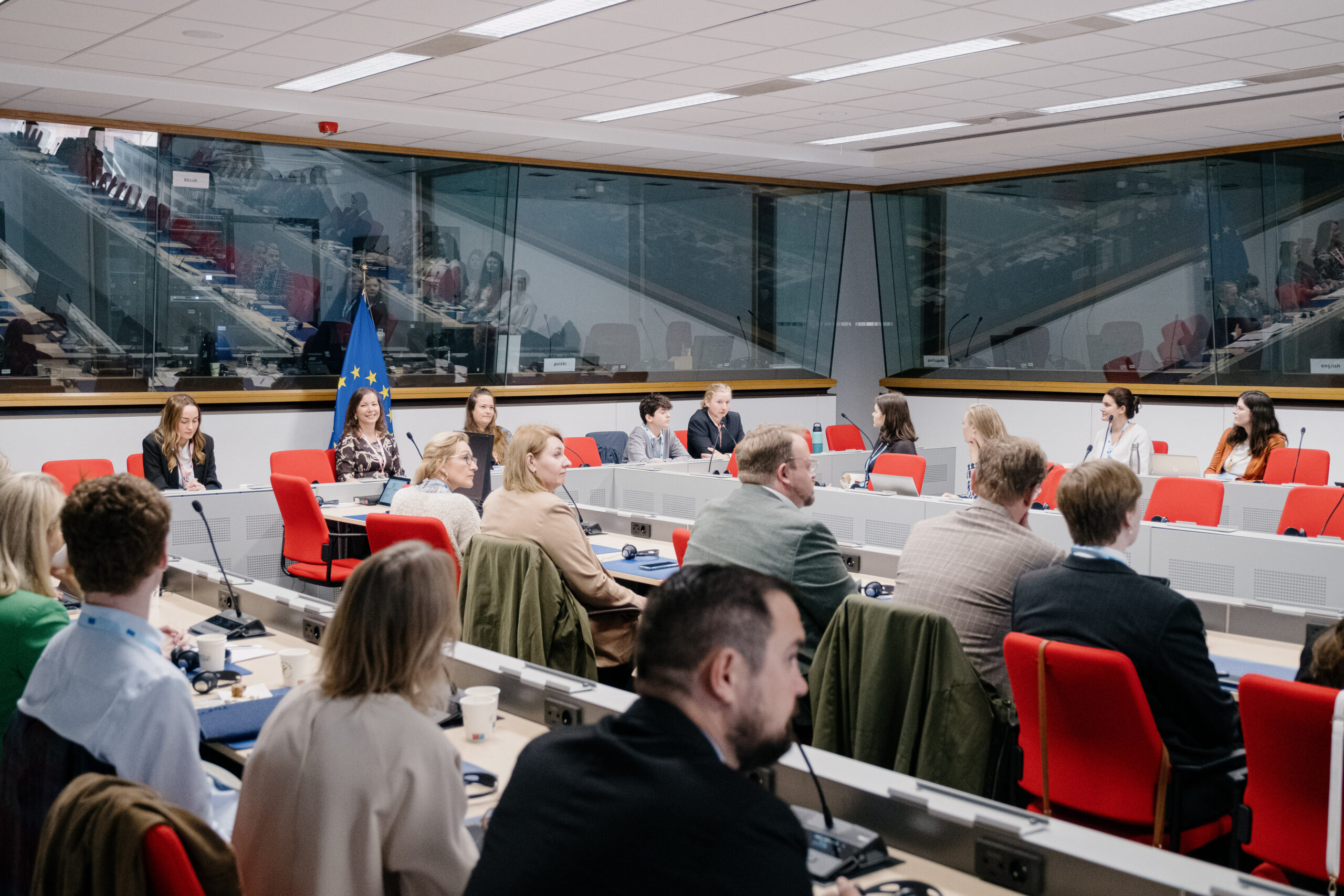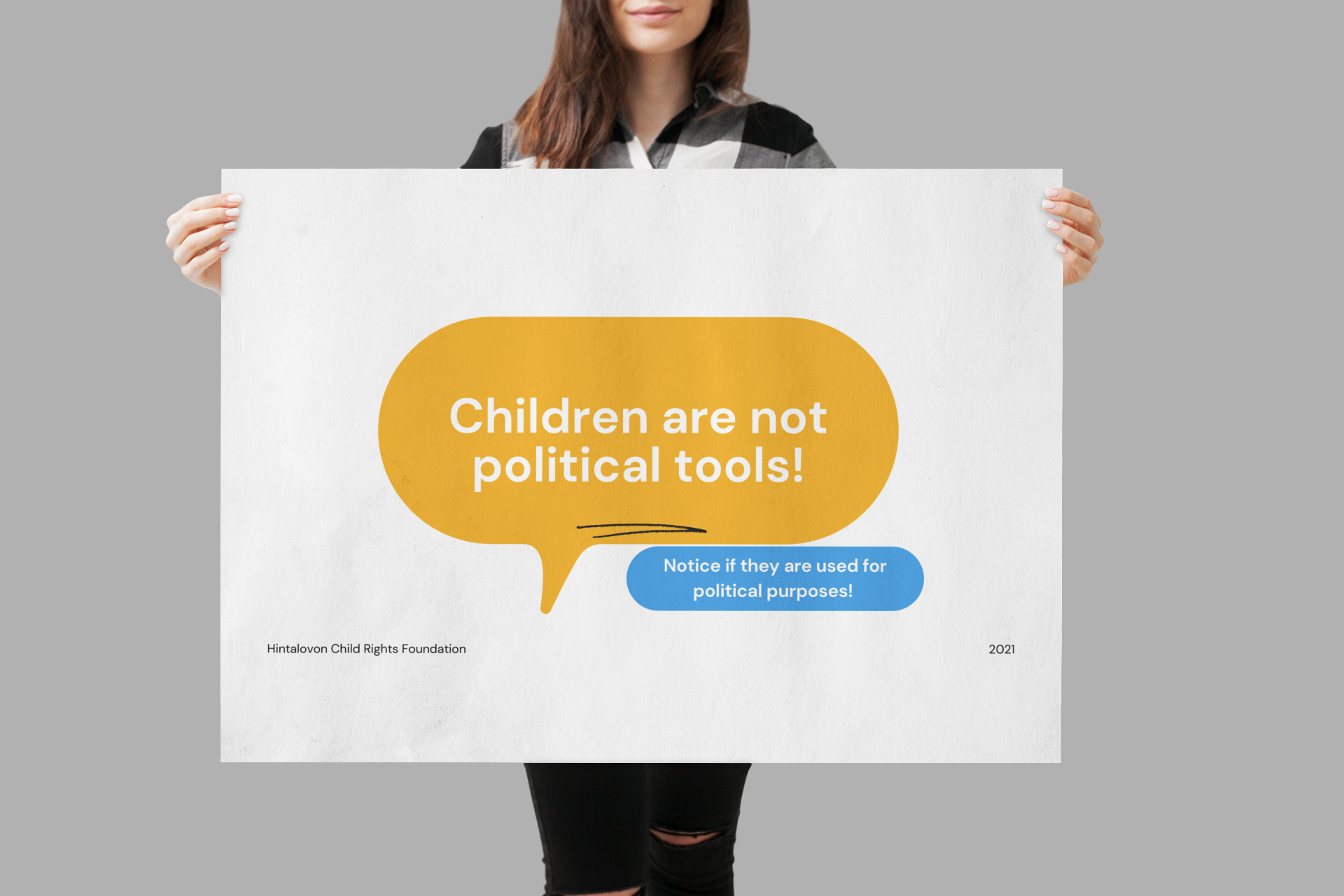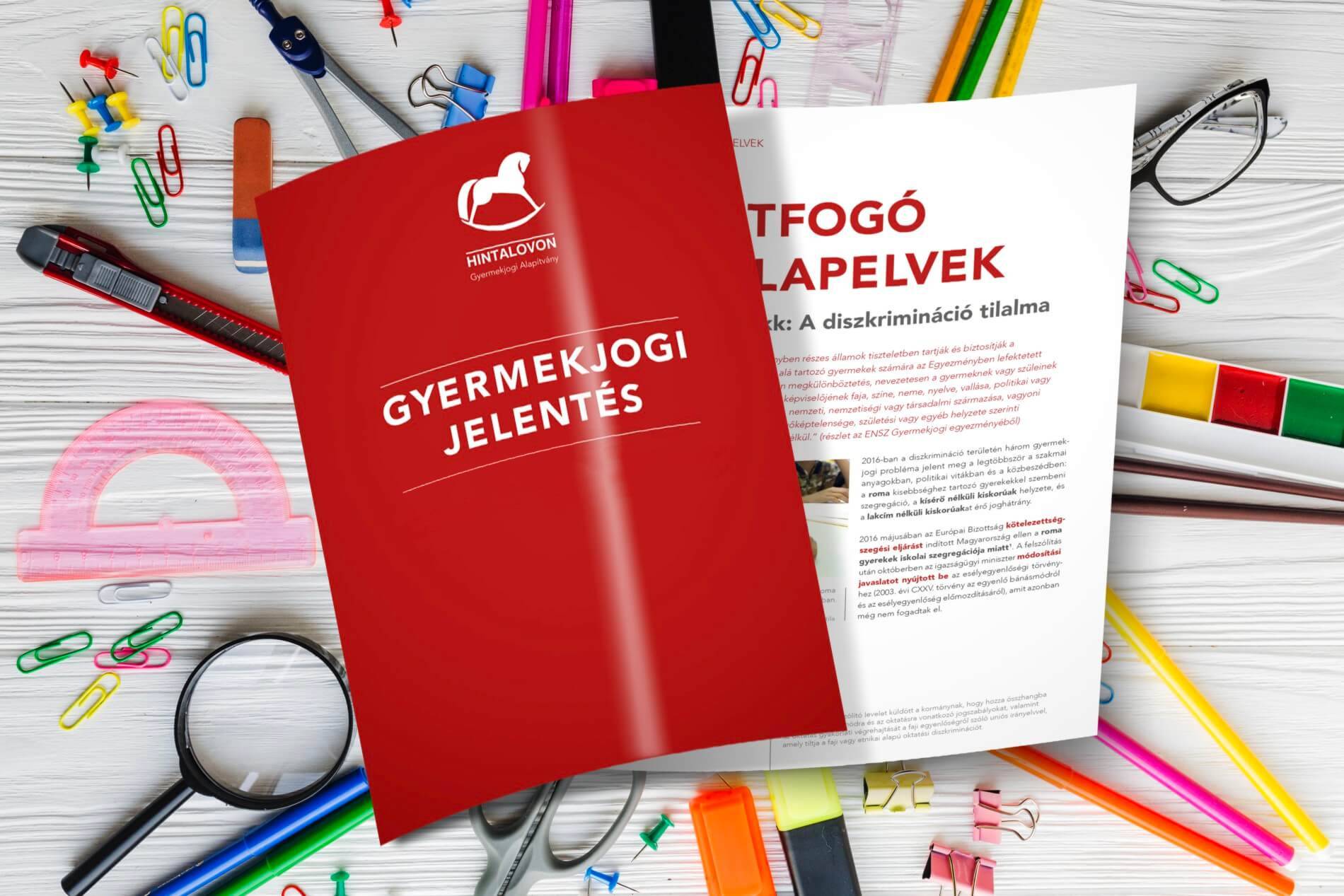There is a great variety of vulnerable groups of children and adults in the 16 Central and Eastern European countries. There is also a great variety of how these groups are approached in the different countries and to what extent they are seen as vulnerable. In legislation in most countries there is an acknowledgement of the existence of the need for protection and support of these groups.
Ensuring the safety and protection of vulnerable adults is an essential aspect if we work with them. Unless individuals are safe and treated well, with dignity and respect, it is impossible for them to realise their potential or to benefit fully from any development activities. In order to enable professionals to support the grantees in their safeguarding efforts, it is necessary to create a solid knowledge base on the relevant national laws and regulations. For the above mentioned reasons, the goals of the research were:
- Finding and analyzing the relevant definitions according to national legislations of the targeted countries (who falls under “vulnerable adults,” how is “child”, “harm”, “abuse”, etc. defined in the relevant laws);
- Mapping and analysing of relevant governmental and non-governmental stakeholders in the countries investigated (who is involved in safeguarding and the protection of children and vulnerable adults in the respective country and what is the mandate or scope of work of the individual organisations);
- Researching and analysing of the laws and regulations relevant to the safeguarding and protection of children and vulnerable adults applicable in the respective countries (rights and obligations stipulated by the law);
- Giving assessment and recommendations (identification of gaps and challenges related to safeguarding and protection of children and vulnerable adults).
Some of the most important findings are the following:
- Safeguarding policies in the legislation of each country appear as declarations of the state’s role in providing protection and support to certain vulnerable groups. Writing the country reports many experts found that in their countries safeguarding policies more or less stopped at this declarative level. Secondary legislation on how to implement the relevant laws and also the funding of the goals set in primary legislation often lag far behind in practice.
- In most countries the main bodies implementing legislation concerning vulnerable groups of people are state authorities, institutions and networks, especially regarding vulnerable children. In all countries NGOs wishing to participate in providing protection and care for children, need accreditation. In some countries, however, due to poverty, NGO activity is vital for the provision of basic necessities for children, and even more so if the children are vulnerable for other reasons – e.g. disabled – as well.
- Concerning vulnerable adults, in most countries in the research there is less state activity and NGOs are dominant in helping.
- Establishment and use of safeguarding policies, minimum standards and special measures when working with vulnerable groups is not obligatory in most countries, in most cases. When these exist, they usually set the way the actual service should be run, and concentrate less on the wellbeing and protection of the vulnerable children and adults.
- In most countries in the research it is the NGOs that are more likely to have set an example on how to implement safeguarding policies. In their daily operation they often set standards and measures that are obligatory for those working with them. There are some very good practices in the region that will hopefully spread. In most countries NGOs have, in addition to providing actual help, activities of advocating for not only rights of the vulnerable groups but also for the uncompromising implementation of safeguarding policies in their respective countries.














